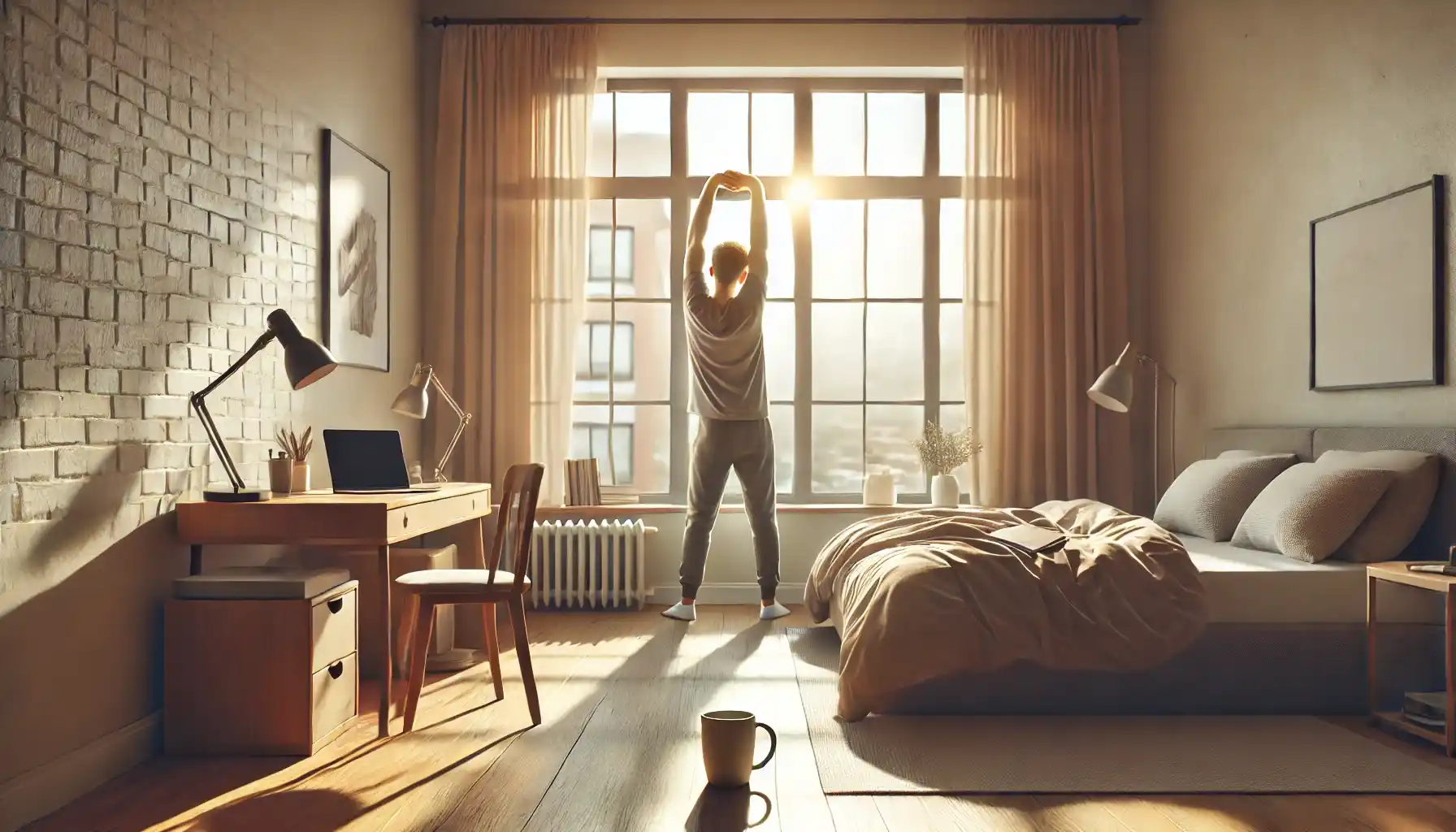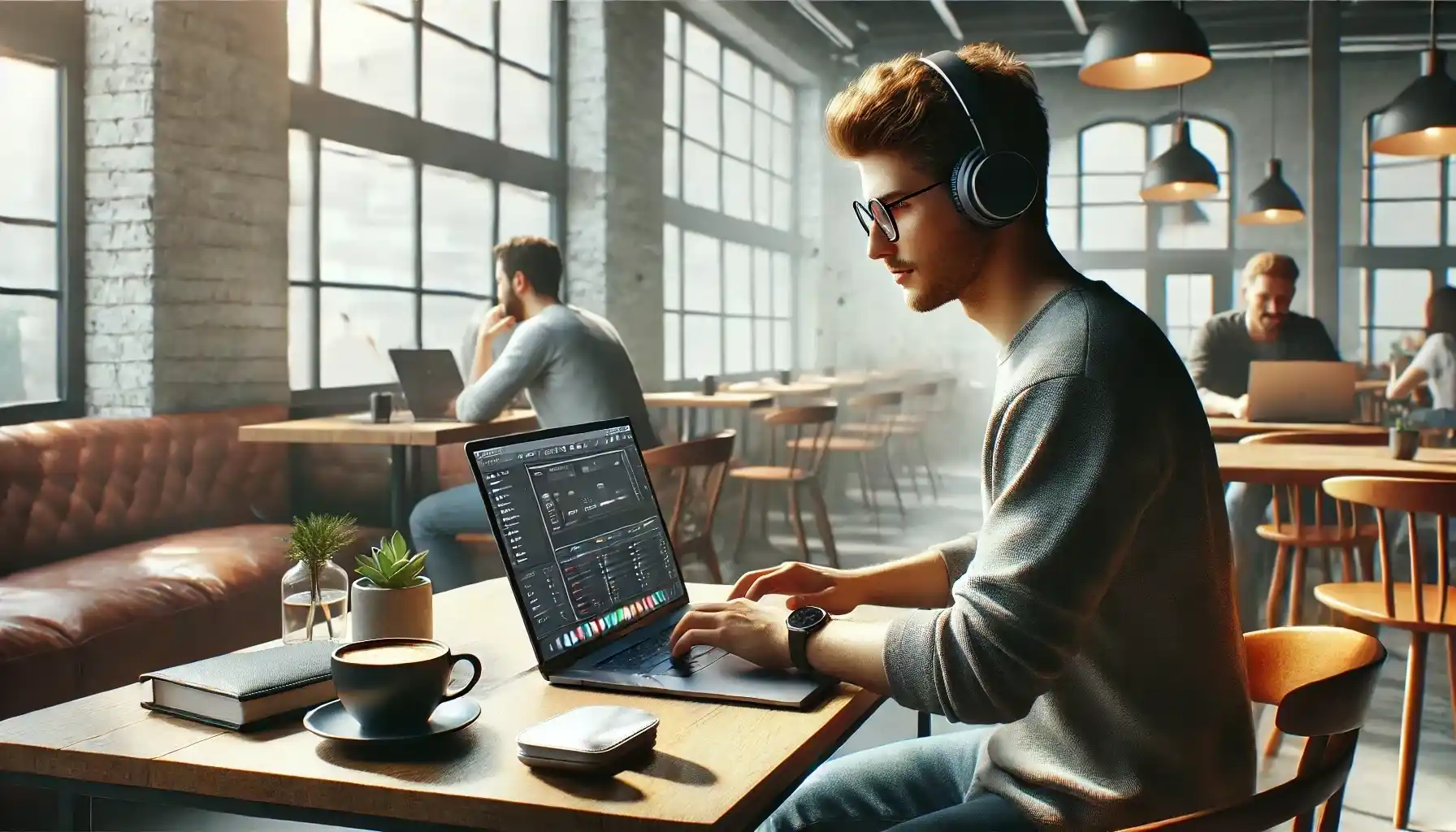Freelancing is freedom. There are no bosses, no 6:30 alarm clocks and no stuffy offices. But along with freedom comes the other side: chaos, procrastination, the eternal “I’ll start a little later”. And the feeling that the day feels like it went by, but you didn’t get anything done.
In order not to get lost in this flexibility, you need to be able to build a routine – even if not rigid, but understandable and workable. After all, even complete freedom needs guidelines: it is like a map – when we want to know where a loved one is, we use a tool to track phone with number, and get the coordinates. In the same way, you should learn to “track” your working day: where you are, what you are doing, where you are going.
So today we are talking about how to build a productive freelancer’s day – from morning until evening. We are going to discuss rituals, planning, proper breaks, working outside the home, and why apps like Number Tracker can be useful not only when traveling, but also in everyday work. All in a practical how-to guide format, without the boring theories. Ready? Let us start here.
Start Smart: The Power of Morning Rituals
First of all you need to remember the main rule: how you begin your day often determines how the rest of it will unfold. For freelancers, this matters more than most realize. Sure, the idea of sleeping in until 11:00 can feel like the main advantage – but it often leads to sleepiness, procrastination, and a sluggish rhythm that’s hard to break. Instead of letting your day drift aimlessly, create a predictable, energizing morning ritual that will move you from a state of rest to a state of focus.
Morning routines don’t have to be lengthy or complex but consistent and intentional. Even a few simple actions done every day can train your brain to recognize it is time to switch into “work” mode. Here is a sample minimalist morning routine that works for many freelancers:
- Take a warm shower to wake up both your body and mind.
- Change out of sleepwear, even if you are not leaving the house, it helps signal a shift in mindset.
- Avoid screens for the first 30–60 minutes; checking emails or news headlines too early can spike stress.
- Journal or set intentions for the day – jot down your top 3 priorities or a simple to-do list.
- Add mindfulness – even 10 minutes of deep breathing or a short meditation session can calm racing thoughts.
A main pros of this structure is that it doesn’t just help you wake up – it helps you take ownership of your time before distractions set in. When your brain starts the day with clarity and control, it’s far less likely to be hijacked by the chaos of tasks, emails, and messages.
Fun fact: A 2022 study by RescueTime found that freelancers who consistently follow a morning routine are up to 32% more productive, with significantly fewer mid-day distractions and sharper focus during peak hours.

Plan Like a Pro: Structure Your Time
Instead of working from a vague to-do list that leaves room for procrastination, assign each task a specific window on your calendar. Mornings are best for in-depth work – writing, coding, design – while afternoons are better for phoning, scheduling, or lighter administrative duties.
To make scheduling even more efficient, try grouping tasks. This means grouping similar activities – like answering emails, editing content, or preparing invoices – so your brain isn’t constantly switching between different modes. This will minimize cognitive fatigue and help you stay in the zone longer.
Another rule of thumb is don’t rely on memory. Use digital tools like Google Calendar, Trello or Notion – not only to create task lists, but also to visually structure your day. If you realize your workload as a timeline, you cam easily prevent overwhelm, highlight empty spaces, and encourage a more streamlined rhythm of work. Additionally, color-coding tasks by category or energy level makes it easier to scan and manage your schedule at a glance.
Here’s a quick example of what a balanced freelance schedule might look like:
| Time Slot | Activity |
| 8:00–9:00 AM | Morning ritual and daily planning |
| 9:00–11:30 AM | Deep work (creative tasks) |
| 11:30–12:00 PM | Break and recharge |
| 12:00–1:30 PM | Client communication / emails |
| 1:30–2:30 PM | Lunch break |
| 2:30–4:30 PM | Admin tasks / meetings |
| 4:30–5:00 PM | Wind down and review |
Tip: Leave 5 – 10 minute gaps between time blocks to reset your focus and avoid burnout. Real life rarely goes exactly as planned: meetings run late, creativity dips, distractions happen. Thus, leaving small 10 – 15 minute gaps between tasks allows you to reset, breathe, and mentally prepare without feeling rushed.
Here is another good idea also to spend a week tracking your natural energy levels. Are you most alert at 10 AM or post-lunch? Align your most challenging work with your personal energy peak. This transforms productivity from a struggle into a rhythm that works with you – not against you.
Choose the Right Workspace: Your Environment Shapes Your Output
When you are a freelancer, your office can be anywhere: your kitchen table, a coworking space, your favorite corner café – or even a park bench on a good weather day. But with freedom comes responsibility, and where you work directly impacts how well you work.
Let’s start with the home setup. It may sound convenient, but if your workspace is too close to your bed, distractions multiply. Your brain needs physical cues to switch into “work mode,” and that starts with creating a defined space, no matter how small. Even a foldable desk near a window, with proper lighting and minimal clutter, can dramatically increase your ability to focus.
What about working from cafés or on the go? It is romanticized in Instagram posts, but real productivity here requires structure. Always bring noise-canceling headphones, set time limits, and choose seating with low foot traffic. And please don’t forget your charger, and secure reliable Wi-Fi before settling in.
And now, let us remind you about moving around. If you tend to work in different places – today it is your coworking desk, tomorrow it is a friend’s balcony – your loved ones may not always know where you are. That is where Number Tracker comes in handy. Due to the app your dearest can be quietly updated without constant check-ins and irritating calls. The app is especially useful in case you travel frequently or work late in new neighborhoods. Thus, consider the app as a balance between autonomy and peace of mind for your loved ones.
Interesting stat: According to a 2023 Workmode survey, freelancers who alternate between two or more dedicated workspaces report a 27% higher satisfaction rate compared to people working exclusively from home.

Recharge to Perform: Breaks, Food, and Mental Refresh
Well, now you need to realize that productivity is not about pushing nonstop. In fact, it’s quite the opposite. Your brain works best in a cycle – bursts of focus followed by moments of rest. Freelancers often fall into the “always on” trap, thinking that a long workday means better productivity. But science and common sense say otherwise.
One powerful attitude is the 52/17 rule: work for 52 minutes, break for 17. Why so specific? It mimics your brain’s natural rhythm, so that you are able to stay sharp without burning out. Set a timer, get in the zone, and when it rings – step away. Really step away. No email, no scrolling. Stretch, grab a glass of water, look out the window, or just breathe.
Your breaks are not just filler – they are your fuel. So, below you may see a simple list of rejuvenating micro-breaks that actually reset your mind:
- Walk around the block (sunlight = bonus energy)
- Do a 3-minute guided meditation
- Snack on brain-friendly foods like nuts or fruit
- Listen to one energizing song – dance if you dare
- Try “box breathing” (inhale 4 sec, hold 4, exhale 4, hold 4)
By the way, research published by The Draugiem Group says that top-performing workers don’t work more – they rest more. Their secret? Intentional breaks that reduce decision fatigue.
Now, let’s not forget the end of the day. As a freelancer, it’s very tempting to just… keep working. One more email. One more revision. But if you don’t mark the end, your brain will stay in “work mode” all evening, stealing rest and creativity from tomorrow. Thus, certainly сreate a shutdown ritual: it could be reviewing your to-do list, cleaning your workspace, or simply changing clothes. Physically logging out will help you mentally let yourself go. And remember: your best work doesn’t come from working harder, but from balancing your output and input. You are not a machine – you are a human building your rhythm. Follow this rhythm, and your life as a freelancer will not just be free – it will be full.
Work Hard – Rest Hard
Remember that freelancing is not a vacation of a lifetime, but the skill of being your own boss, employee, and time manager. When you define the boundaries of the day yourself, the main thing is to remember to set them. A little structure, a couple of rituals, and even the most chaotic schedule turns into a comfortable score. So, tune your day and be productive like never before.



